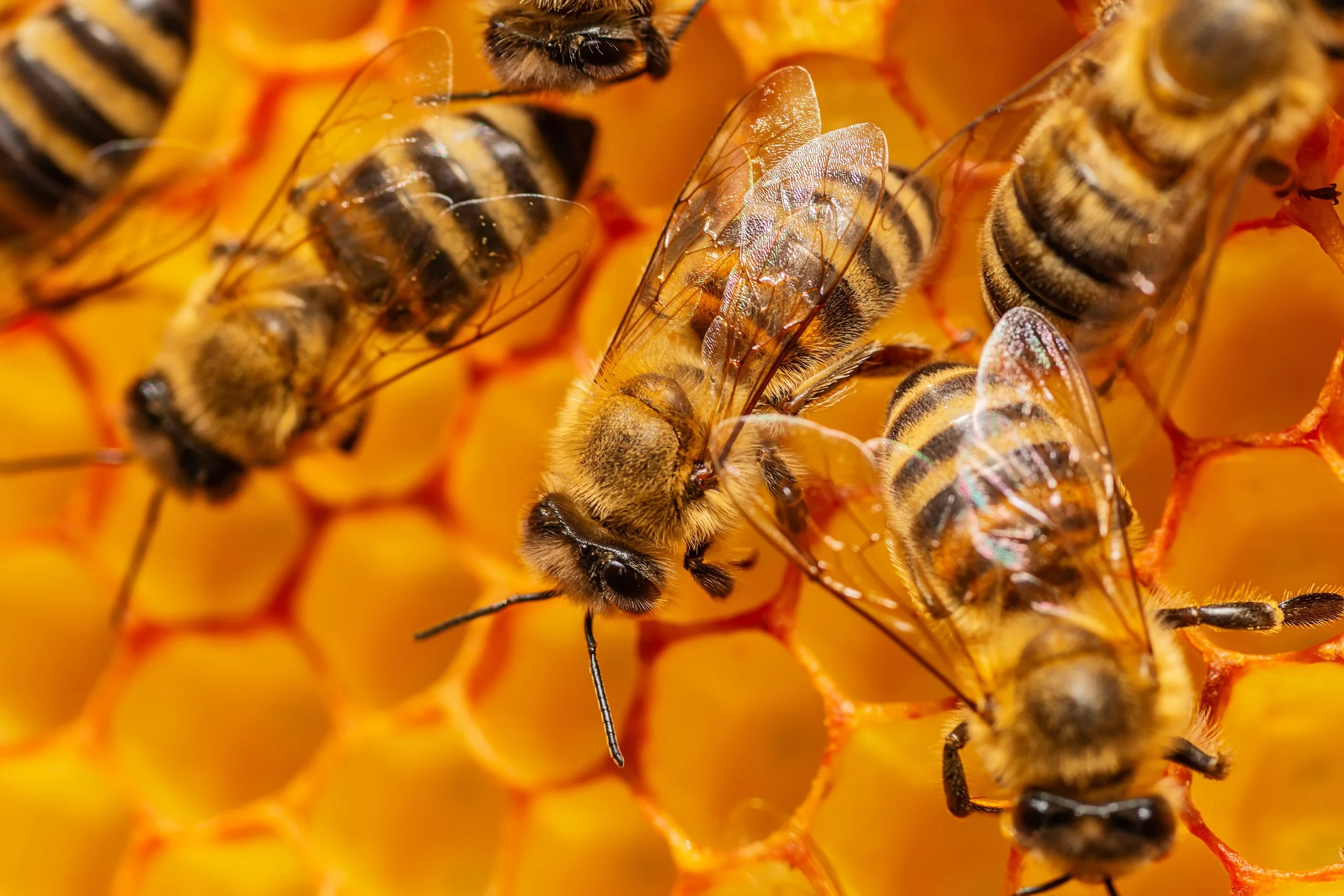

Why do bees swarm?
What Is A Swarm Of Honey Bees?
Swarming is the process by which honey bee colonies reproduce to form new colonies. When a honey bee colony outgrows its home, becomes too congested, or too populated for the queen's pheromones to control the entire workforce, then the workers signal that it is time to swarm. Swarms are temporary and the bees will move on if you patiently ignore them. Stay back and keep others away from the swarm, but feel free to admire and appreciate the bees from a safe distance. You may be able to give a honey bee swarm to a beekeeper who will gather the swarm and relocate it for you.
FAQs
-
Our main focus is on the western honey bee or European honey bee (Apis mellifera) which is the most common of the 7–12 species of honey bee worldwide. The genus name Apis is Latin for "bee", and Mellifera is the Latin for "honey-bearing", referring to the species' production of honey for the winter.
-
A typical honeybee hive contains about 60,000 to 80,000 individuals of three different kinds: workers (also called foragers once they begin to leave the hive), drones, and a single queen.
-
Unlike birds, bees don't fly south for the winter, nor do they hibernate. They spend all their time and energy keeping warm and fed and waiting for spring. They do this by forming a tight cluster and vibrating their bodies to keep warm

